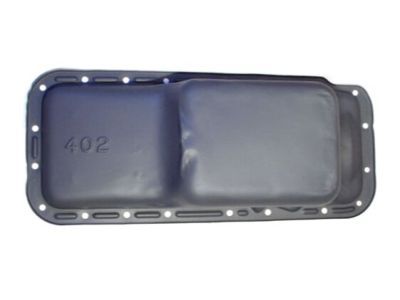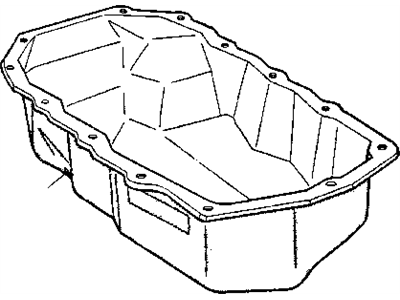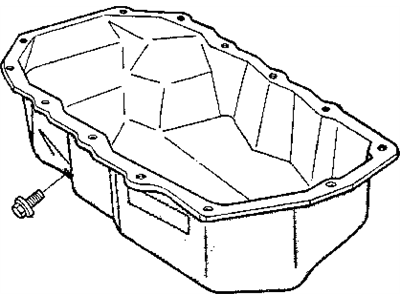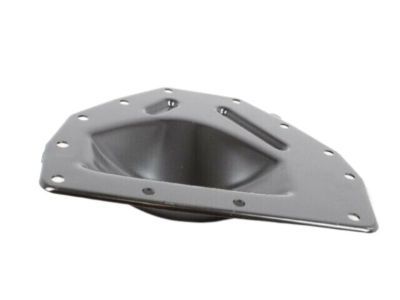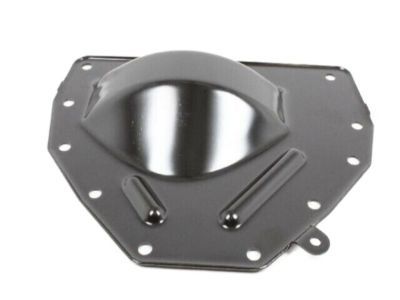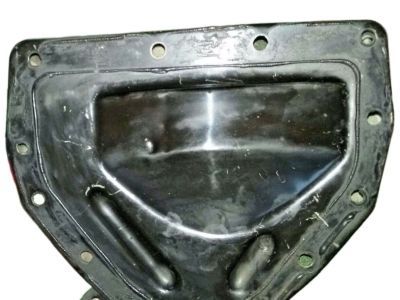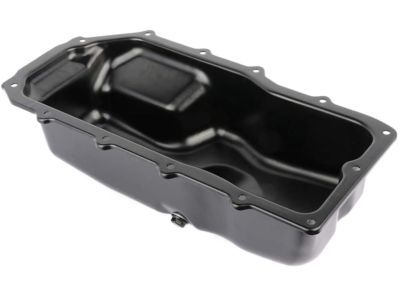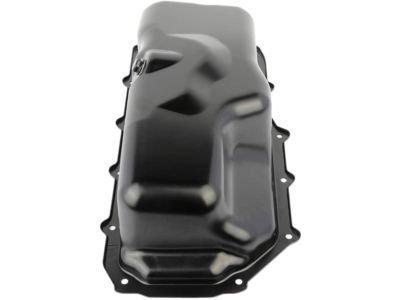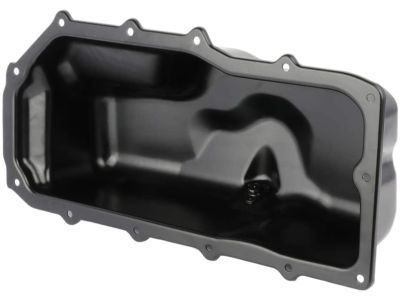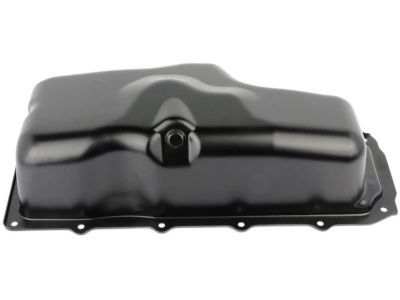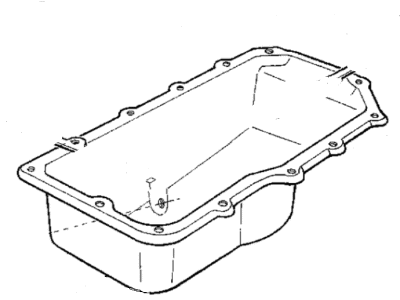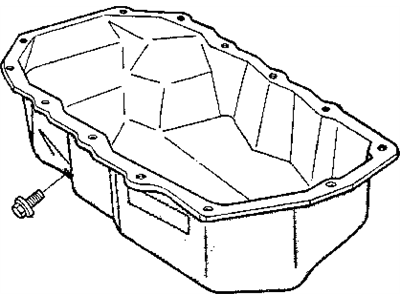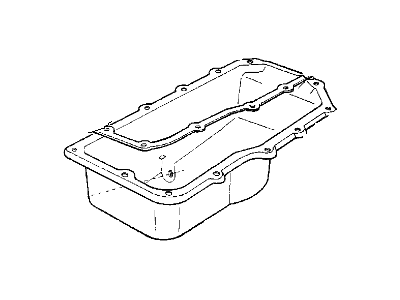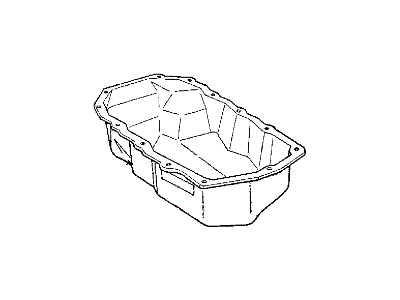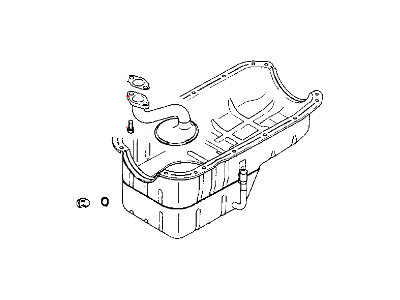
My Garage
My Account
Cart
Genuine Chrysler Cirrus Oil Pan
Oil Drain Pan- Select Vehicle by Model
- Select Vehicle by VIN
Select Vehicle by Model
orMake
Model
Year
Select Vehicle by VIN
For the most accurate results, select vehicle by your VIN (Vehicle Identification Number).
9 Oil Pans found
Chrysler Cirrus Oil Pan
The Oil Pan in Chrysler Cirrus is a special container that holds engine oil that needs to lubricate and cool the sections of the Chrysler Cirrus engine. Equipped with wet sump oil pan, the Chrysler Cirrus Oil Pan gathers the oil at the bottom of the engine, which is then taken through a pickup tube with the aid of the oil pump circulating the oil and spreading it to the moving parts before again dropping back into place. In the past, oil pans that were used in Chrysler Cirrus models used mainly stamped steel material but with the latest developments, cast aluminum material is being incorporated in the designs. This evolution also improves the product in the ways of durability and efficiency. The Oil Pan is still designed to properly supply the vehicle with oil at the times that it needs it the most, however it is important to make mention of the fact that during sharp turns and other such aggressive motions the oil will swirl around inside the pan which is not the premier for the lubrication.
Looking for affordable and high-quality auto parts? Then you have already arrived at the proper online shop. We offer all Chrysler Cirrus Oil Pan at great affordable prices. Moreover, all genuine Chrysler Cirrus Oil Pan come with a manufacturer's warranty. In the long run, you would realize you have saved a lot of trouble and money with OEM parts from here.
Chrysler Cirrus Oil Pan Parts Questions & Experts Answers
- Q: How do you remove and install the oil pan in four cylinder engine on Chrysler Cirrus?A:To perform this type of work the first step is to unbolt the negative battery cable from the ground stud on the left shock tower of the truck and then lift the truck and set it on jackstands. Pull the accessory drivebelt splash shield and empty the engine oil. Subsequently, two bolts securing the front of the transmission support bracket can be ejected, and then the front engine mount as well as the strut can be detached; on the 2.4L engines, the engineers left the engine support module in place if it was installed. If possible, take off the structural collar, connecting the transaxle to the oil pan; for engines of 2.0 liter, take off the inspection cover of the transaxle, oil filter and adapter if the automobile is equipped with air conditioning system. Unwind and unbolt the mounting in a cross-wise direction and then slowly pull down the oil pan off the car in a manner that does not affect the sealing surface of the gasket. Take out the oil pump pick-up tube and screen assembly and discard the O-ring seal then clean the assembly well. It is necessary to clean all sealing surfaces on the oil pan and block, and remove all gasket materials and check for ovality. As for installation, a new O-ring shall be fitted on the oil pick-up tube and then the latter has to be bolted onto the oil pump housing with the tension of the bolt up to the prescribed value. Be sure, then, to use a 1/8-inch bead of RTV sealant on the cylinder block-oil pump assembly joint, and put on a new oil pan gasket. Place the oil pan and then engage the bolts such that they are tightened slightly, then progress from the center outward in a rotational manner. In the front engine mount ready to attach, for 1998 2.4L engines the front engine mount strut &collar should be secured by tightening the bolts in a sequence manner. For 1997 2.4L and 1998 and later 2.0L engines instal the oil pan-to-transaxle structural collar and fasten the bolts in three steps to the drain bolt torque, as follows. Again return through the disassembly steps, add the correct oil into the crankcase, engage the engine to ensure there are no leaks and subject the car through road test to confirm the absence of leaks.
